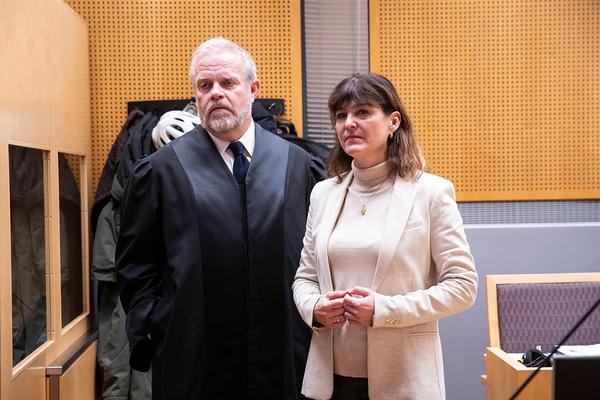10. november 2017
Self-sustained journalism

For their 13th Annual Conference, the European Venture Philanthropy Association (EVPA) asked a panel of investors with prior media investment […]
For their 13th Annual Conference, the European Venture Philanthropy Association (EVPA) asked a panel of investors with prior media investment experience how social capital can play a role in protecting survival of civic discourse. Ole Jacob Sunde, chairman of Schibsted ASA and the Tinius Trust, spoke in favor of self-sustained journalism and defined it as a battle of technology.
“With massive digital disruption sweeping through the news business, mission-driven investment and ownership models for media companies globally are becoming ever more important.” With this phrase EVPA opened a panel discussion between Harlan Mandel, Andre Støylen, Nienke Venema and Ole Jacob Sunde on ways to finance news organizations to sustain its vital function. The debate was held in Oslo on November 10th.
Ole Jacob Sunde advocated that independent and free journalism requires independent funding.
– I believe that the civic discourse is best safeguarded when journalism is self-sustained. But in order to attract people and grow, the media must use technology to create better user experiences and new payment solutions. Therefore, self-sustained journalism is really a battle of technology, he said on stage.
Here follows a summary of Sundes’ arguments in favor of self-sustained journalism:
The media has a vital function in democratic societies. Quality journalism acts as a counterbalance to power. But today this accountability is threatened. We fear a decline of the civic media. Therefore, it is important that the media is supported by commercial or governmental sources. I strongly believe in the first option. The media must achieve economic sustainability on it’s own.
Independent journalism requires independent funding. We have a situation where the paper is still making a positive contribution to media companies financial results. The digital offer is still unprofitable, with a few exceptions, even though digital subscriptions are growing. But the media must continue to fight the battles on their own, and not expect pity or subsidizes. The media must fight back by experimenting with new technology and innovating parts of their value chain; content sourcing and production, advertising, user payment and distribution. A good start is thus to define all media companies as technology companies. But in the period where media companies innovate using technology, their owners must provide patient capital. Patient capital & entrepreneurship should absolutely not be a permanent source of financing, but act as a welcomed bridge to renewed economic sustainability. For established media companies, combinations of trust and private ownership therefore have many advantages; the level of return expectations and the time horizons. The long-term perspective gives media companies time to build new structures that will essentially protect and improve the platform for civic discourse.
When discussing the survival of the media, we need to remind ourselves that a declining civic media puts democracy at stake. Even though some politicians may profit from absence of journalism, the rest of our society will not. The counterbalance of power is as important as ever.



